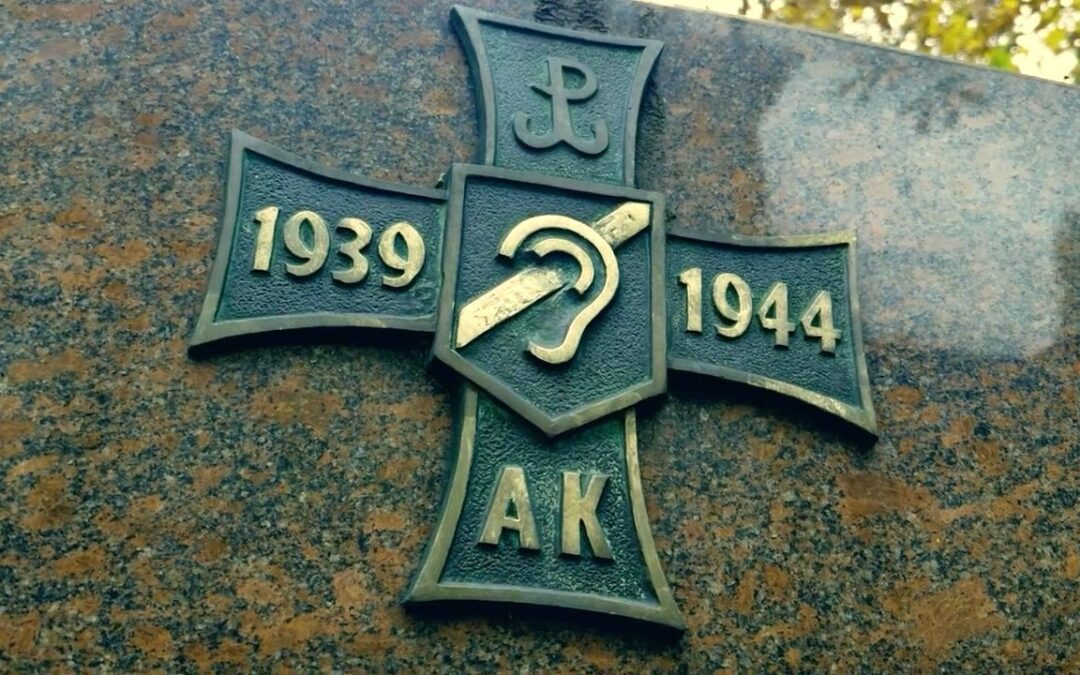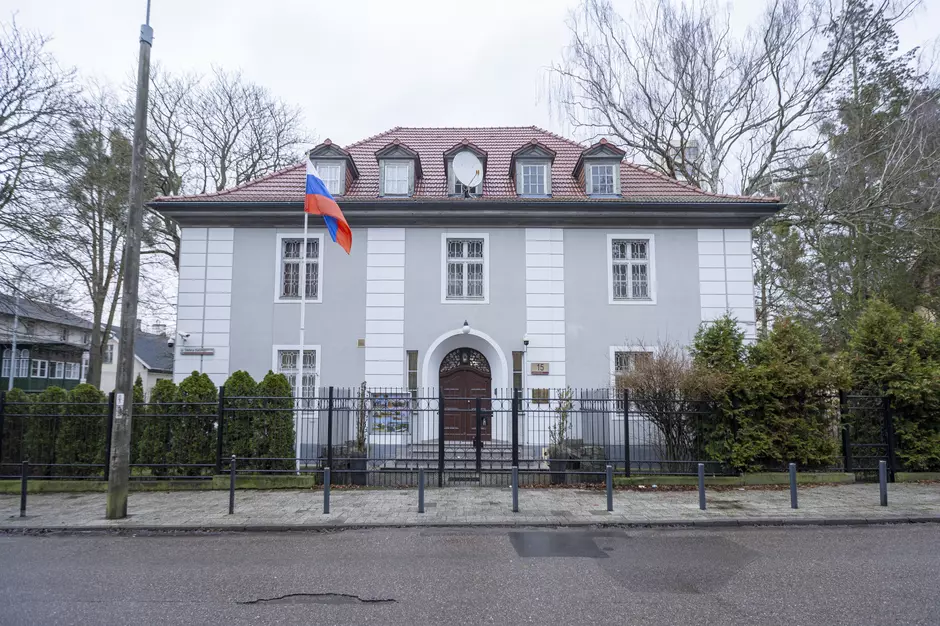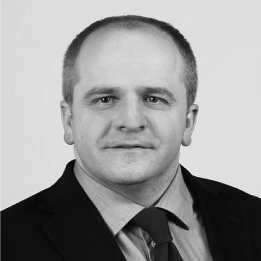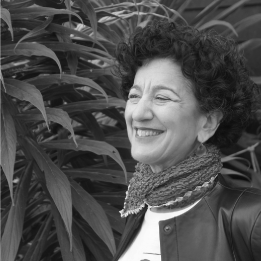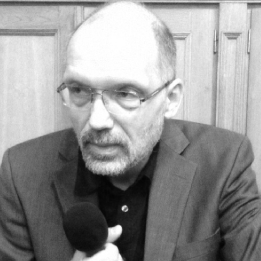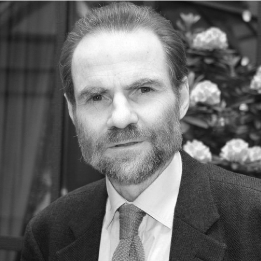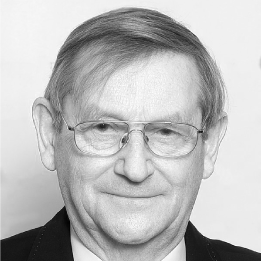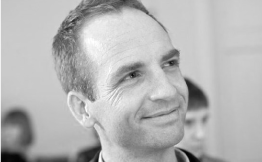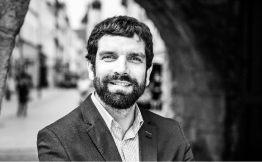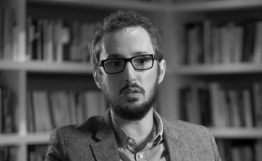Keep our news free from ads and paywalls by making a donation to support our work!

Notes from Poland is run by a small editorial team and is published by an independent, non-profit foundation that is funded through donations from our readers. We cannot do what we do without your support.
The daughter of a member of a platoon made up of deaf people who fought in the Warsaw Uprising has renewed calls for the unit to be properly commemorated, including by finally adding it to the permanent exhibition at the Warsaw Rising Museum.
The Deaf-Mute Platoon (Pluton Głuchoniemych), which numbered around 29 strong by the time of the uprising in 1944, was formed earlier in the war from staff and students at the Institute for the Deaf in Warsaw, who from 1941 had become involved in Poland’s underground resistance movement.
“They wore armbands indicating they were deaf, so the Germans thought they didn’t understand anything,” Krystyna Sopyło-Załoga, the daughter of platoon member Jan Sopyło, told the Polish Press Agency (PAP).
That helped the unit more easily carry out operations, including distributing underground publications, delivering documents and transporting weapons. The group was also trained in the use of firearms and grenades.
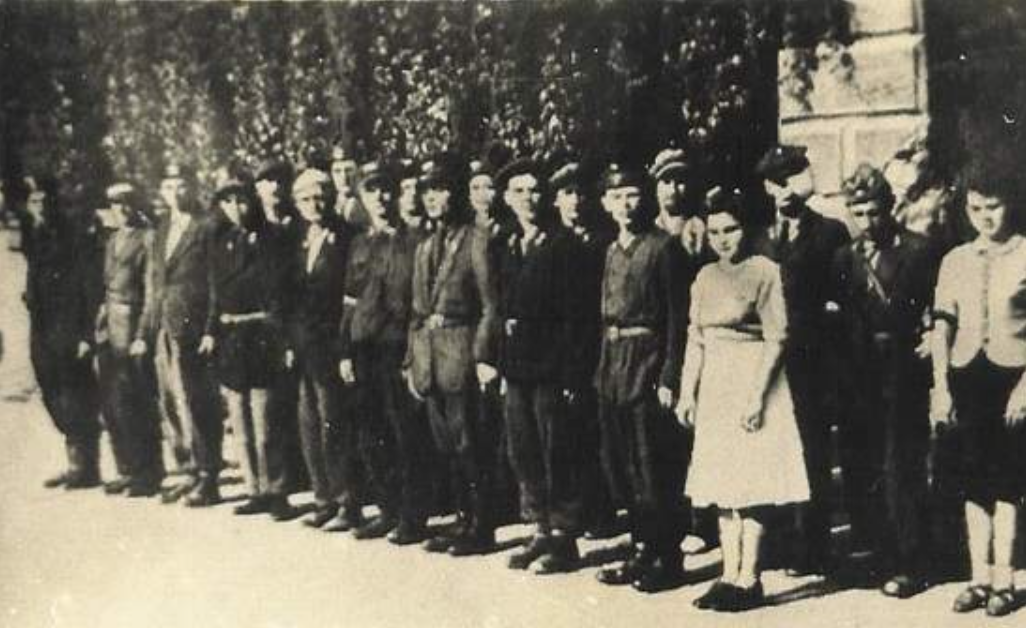
A photograph of the deaf platoon (source: Wikimedia Commons, under public domain)
Soon after the Warsaw Uprising – the largest military operation by any resistance movement in German-occupied Europe during World War Two – broke out on 1 August, the platoon was involved in a successful operation to capture a school that had been taken over by the German army.
They later helped guard the school as well as other strategic locations, including by building barricades and underground passages. The platoon was also involved in supporting some other offensive operations, including the capture of a YMCA building being held by the Germans.
The deaf insurgents faced specific challenges during the war, notes Sopyło-Załoga. “When the bombs were falling, of course the deaf didn’t hear them, and when they hit the ground, the hearing people ran in one direction, and the deaf in a completely different direction,” she told PAP.
“We didn’t fully understand what was happening,” one of the platoon’s veterans, Karol Stefaniak, later recalled, quoted by broadcaster TVN. “We felt the earth tremble. Hearing people were afraid during the bombing. We saw people praying. We saw them shaking with fear. We saw that they were afraid.”
Today marks the 77th anniversary of the beginning of the Warsaw Uprising.
Memory of the struggle has been strongly influenced by the work of Sylwester Braun, a member of Poland's underground resistance who photographed the dramatic and tragic eventshttps://t.co/OprNr0Y0vX
— Notes from Poland 🇵🇱 (@notesfrompoland) August 1, 2021
Despite such challenges – and despite the enormous death toll during the uprising, which saw thousands of combatants and up to 200,000 civilians killed by the Germans – the deaf platoon did not suffer any casualties.
However, nine of them, including their commander, Edmund Malinowski, were taken prisoner. Sopyło was sent to the Nazi concentration camp of Sylt in the occupied Channel Islands, according to his daughter. He survived the war and died in 1996, aged 94.
“The Germans were shocked that deaf soldiers were sent to a camp,” she says. “They respected them for being deaf but going to fight anyway.”
After the fall of the Warsaw Uprising – which began 80 years ago today – the German occupiers expelled the city's entire population.
However, some survivors decided to remain among the ruins. They became known as "Robinson Crusoes" and this is their story https://t.co/UuVbfbcpQ4
— Notes from Poland 🇵🇱 (@notesfrompoland) August 1, 2024
Although the deaf insurgents are commemorated with a memorial stone at the Institute for the Deaf, Sopyło-Załoga has been campaigning for years for them to also be included in the exhibition at the Warsaw Rising Museum.
She renewed those calls last week, on the 81st anniversary of the outbreak of the uprising. “We don’t talk about [this history] at all. It’s sad,” Sopyło-Załoga told PAP.
A spokeswoman for the museum, Anna Kotonowicz, confirmed to the agency that there is currently no space in their exhibitions dedicated to the deaf platoon.
A Nigerian migrant to Poland called August Agboola Browne participated in the Warsaw Uprising of 1944. His story is remembered in the Polish capital today.
Browne was a jazz percussionist who joined the resistance under the code name “Ali”. https://t.co/rRxr9QELuW
— Notes from Poland 🇵🇱 (@notesfrompoland) July 31, 2020
In 2007, a documentary, Explosion of Silence, brought the story of the deaf insurgents to a wider audience. Last year, a film about Malinowski, Silent Hero, co-funded by the Polish culture ministry, was also released.
“For years, this story was hidden even within the family,” Malinowski’s nephew, Mieczysław Malinowski, told PAP. “My uncle did not mention the uprising for fear of persecution that he might face from the communist authorities as a Home Army soldier.”
After the war, many former members of the Home Army (AK), Poland’s main underground resistance force, faced persecution from the new Soviet-installed authorities.

Notes from Poland is run by a small editorial team and published by an independent, non-profit foundation that is funded through donations from our readers. We cannot do what we do without your support.
Main image credit: press materials (Festiwal NNW)

Daniel Tilles is editor-in-chief of Notes from Poland. He has written on Polish affairs for a wide range of publications, including Foreign Policy, POLITICO Europe, EUobserver and Dziennik Gazeta Prawna.
